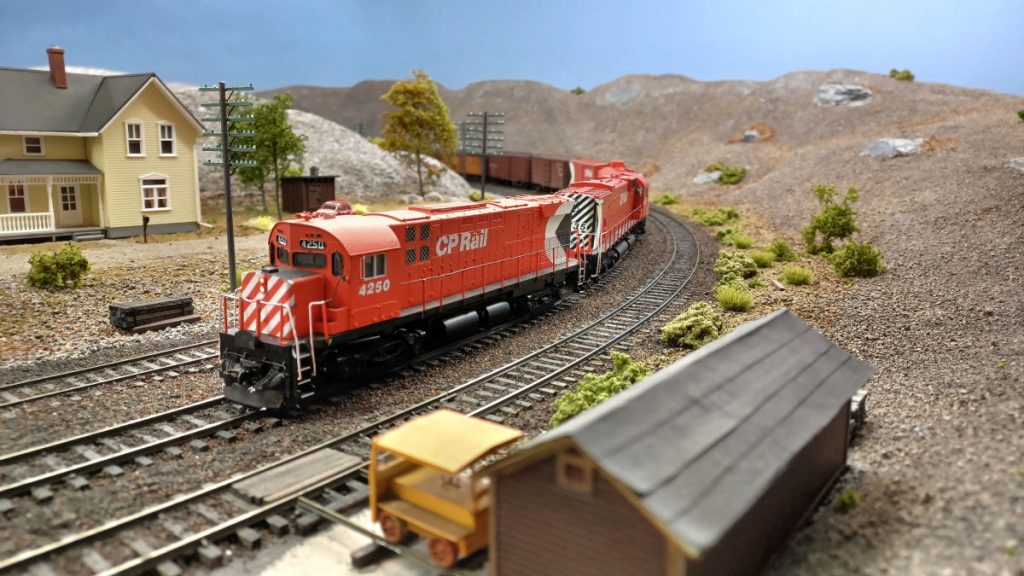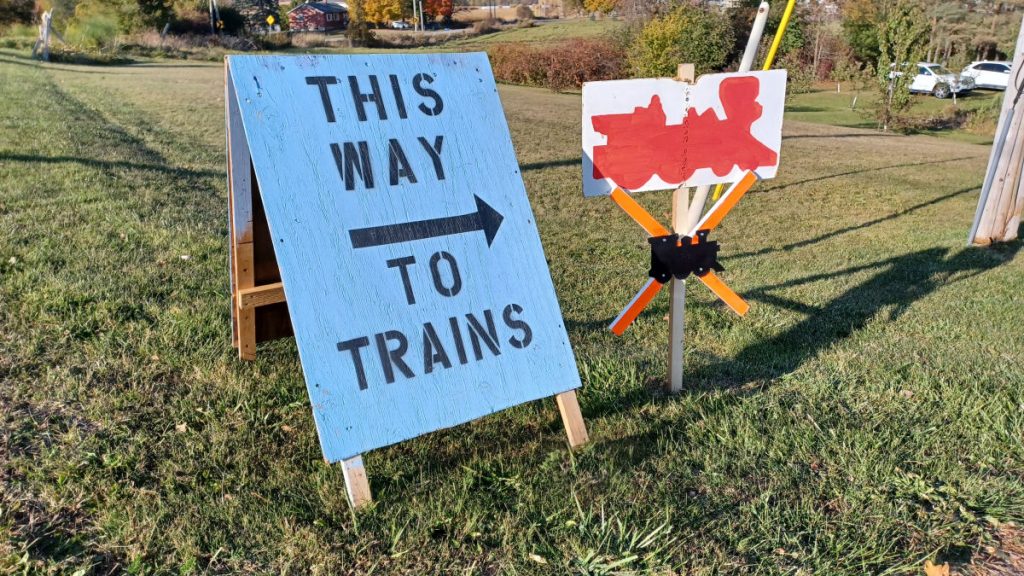COMMUNICATING SIGNALS
16. Each car of a passenger train must be connected with the engine by a communicating signal appliance. When communicating signal appliance fails, conductor will arrange for hand signals to be given engineman approaching all stations and train will proceed to the first point where repairs can be made. Radio may be used in lieu of hand signals.
NOTE: The signals prescribed are illustrated by “o” for short sounds, “__” for longer sounds.
| Sound | Indication |
|---|---|
| (a) o o | When standing – start. |
| (b) o o | When runing – stop at once. |
| (c) o o o | When standing – back. |
| (d) o o o | When running – stop at next station; where a train is required to flag stop between stations, it indicates stop at next flag stop for that train. |
| (e) o o o o | When standing – apply or release air brakes. |
| (f) o o o o | When running – reduce speed. |
| (g) o o o o o | When standing – recall flagmen. |
| (h) o o o o o | When running – increase speed. |
| (j) o o o o o o | When running – increase train heat. |
| (k) _____ _____ | When running – release sticking brake; look back for hand signal. |
| (l) __________ | Shut off train heat. |
| (m) o o __ | When running – as prescribed by Rule 90. |


